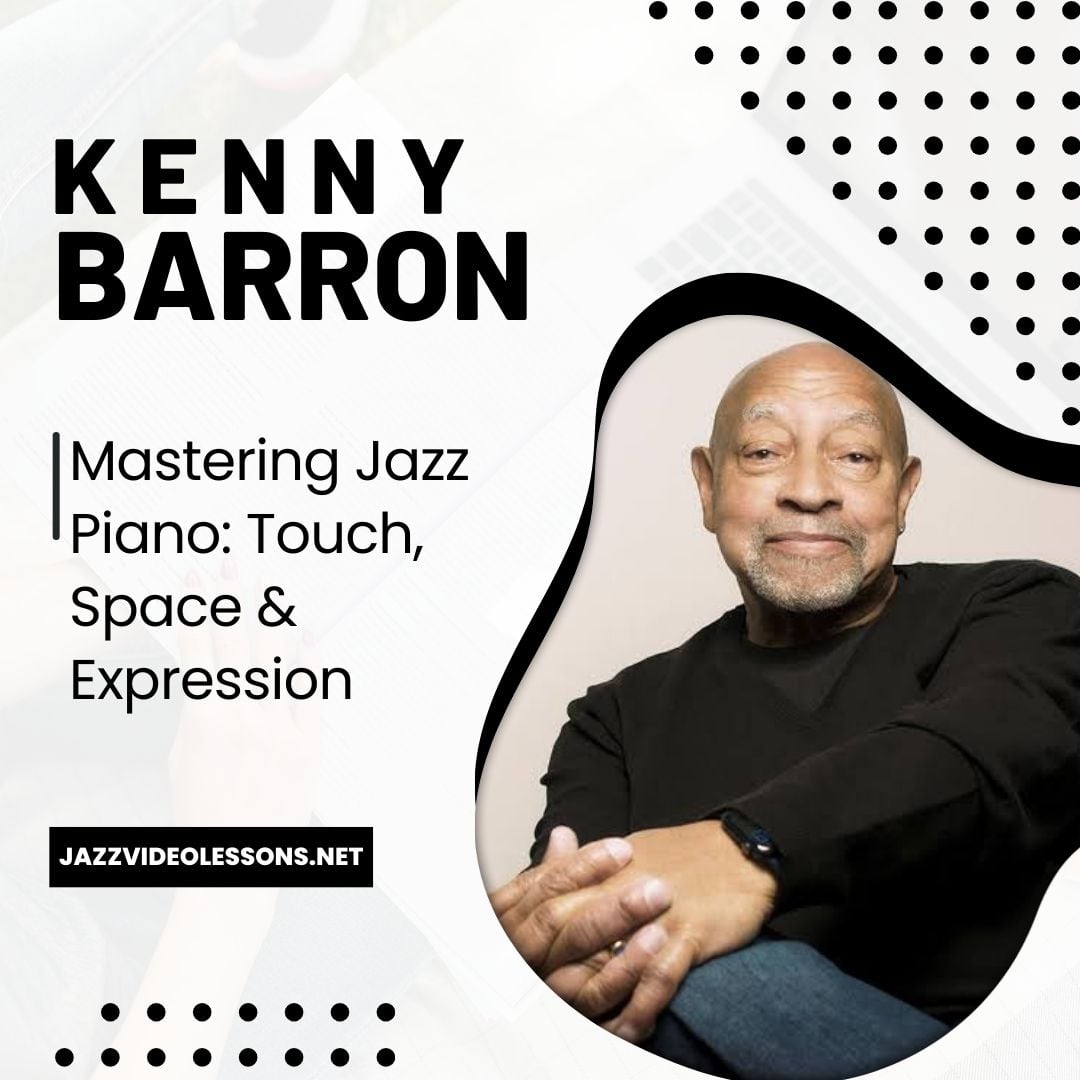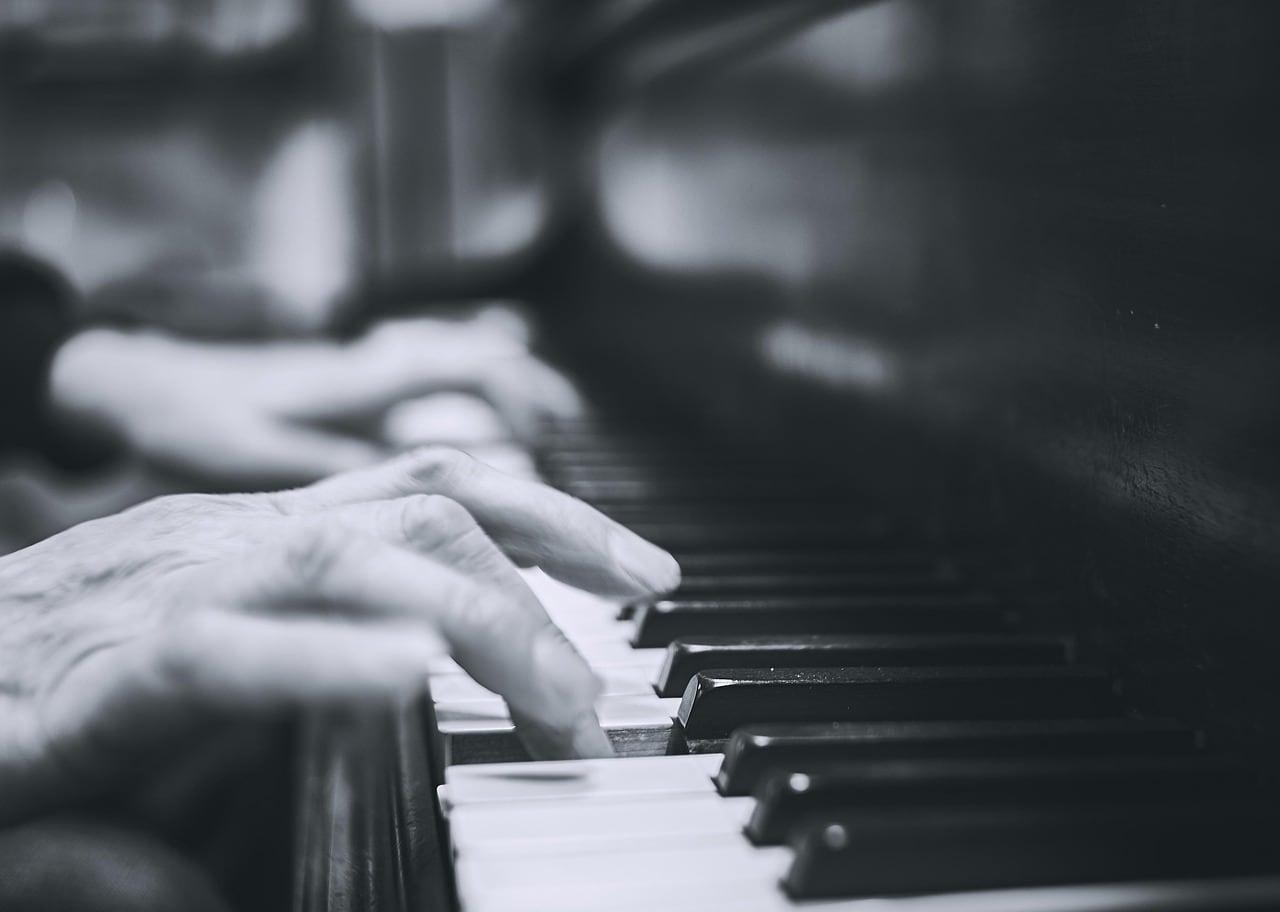Introduction to Jazz Piano Mastery
Jazz piano is an art form that combines technical skill with deep personal expression. Renowned jazz pianist Kenny Barron shares insights from a coaching session at SF Jazz in San Francisco, highlighting the importance of touch, use of space, and emotional connection in jazz performance. Whether you are a beginner or an experienced player, understanding these core concepts can elevate your playing and deepen your musical voice.
The Importance of Touch in Jazz Piano
Defining Touch and Its Role
Touch refers to how a pianist physically interacts with the keys — the pressure, speed, and nuance in each note. Kenny Barron emphasizes that touch is not just about playing softly or loudly but about shaping the sound to express different emotions and styles.
Influences Shaping Touch
Kenny reflects on his own influences, including Thelonious Monk, Tommy Flanagan, and Hank Jones, each exemplifying unique approaches to touch:
- Thelonious Monk: Known for a strong, percussive touch combined with rhythmic displacement and use of unusual intervals like major and minor seconds, Monk’s touch varies from hard accents to delicate ballads.
- Tommy Flanagan: Influenced Kenny with a light, delicate, and lyrical touch, which allowed for expressive and nuanced playing.
- Hank Jones: Provided a blend of lyricism and technical control, reinforcing the importance of consistent touch regardless of tempo.
Demonstrating Touch Through Styles
Kenny demonstrates how touch changes with the music’s mood. For ballads, a soft pedal is used to create a gentle, warm sound, while Monk’s pieces require a more accented, rhythmic approach. Mastering the ability to adjust touch according to the piece is essential for authentic jazz expression.
Utilizing Space in Jazz Performance
The Value of Silence
Contrary to filling every beat with notes, Kenny stresses that space — the use of silence or pauses — is a vital component of jazz. Space allows the music to breathe and gives listeners time to absorb the emotional content.
Avoiding Overplaying
Young pianists often feel the need to fill all the available space with notes. Kenny advises restraint, encouraging players to leave room for the music to “enchant” the audience rather than impress them with constant activity.
Interaction With Bandmates
Jazz is a collaborative art. Kenny highlights the importance of adapting one’s playing style based on the band’s dynamics. Playing with a loose, free musician requires a different approach than playing with a hard-driving player. Listening and responding to others’ energy shapes how space is used in performance.
Singing and Knowing Lyrics: Enhancing Musical Connection
Singing as a Practice Tool
Kenny encourages pianists to sing along while playing, especially when soloing. This vocal connection helps internalize the melody and rhythm, making the performance more expressive and coherent.
Understanding the Song’s Meaning
Knowing the lyrics of a song deeply influences how a musician interprets it. Kenny shares an anecdote about Ben Webster, who stopped mid-solo because he forgot the lyrics, illustrating how closely connected playing and singing can be. That’s why we include the lyrics in each standard we practice on JVL.
Making the Piano a Voice
Jazz is not just about notes but storytelling. By emulating instruments like the saxophone or voice, pianists can make their playing more expressive and relatable. Singing while playing aids this transformation, helping to shape phrasing and emotional delivery.
Developing Your Unique Jazz Voice
The Journey to Authenticity
Playing like yourself takes time and experience. Kenny emphasizes patience and the importance of consistent practice and performance with others to develop a personal style.
Balancing Technical Skill and Emotion
Technical mastery is essential, but the emotional content — conveyed through touch, space, and phrasing — is what truly connects with audiences.
Practical Tips for Students
- Experiment with different touches and pedaling techniques.
- Practice leaving space in your improvisations.
- Sing or hum melodies while playing.
- Study the lyrics and meaning of songs you perform.
- Listen to and analyze recordings of influential pianists.
Conclusion: Embracing Jazz Piano as Personal Expression
Kenny Baron’s coaching session at SF Jazz offers invaluable lessons for jazz pianists seeking to deepen their artistry. By focusing on touch, space, and emotional connection, musicians can move beyond technical execution to create performances that truly resonate. Remember, jazz is as much about feeling and personality as it is about notes and rhythms. Embrace your journey, listen attentively, and let your unique voice shine through the keys.
FAQ: Common Questions About Jazz Piano Touch and Space
Q1: Why is touch so important in jazz piano?
Touch shapes the sound and emotional tone of your playing, allowing you to express a wide range of feelings and styles authentically.
Q2: How can I learn to use space effectively in my playing?
Listen to great jazz recordings and notice how silence and pauses create tension and release. Practice leaving gaps in your improvisations to add dynamics.
Q3: Is singing while playing necessary?
Not necessary, but it helps connect your brain to the music’s rhythm and melody, improving phrasing and emotional expression.
Q4: How do I develop my own jazz piano style?
Play regularly with others, study your influences, experiment with touch and dynamics, and be patient. Authenticity grows over time.
By integrating Kenny Baron’s insights into practice, jazz pianists can unlock new levels of artistry and deepen their connection with the music and their audience.




